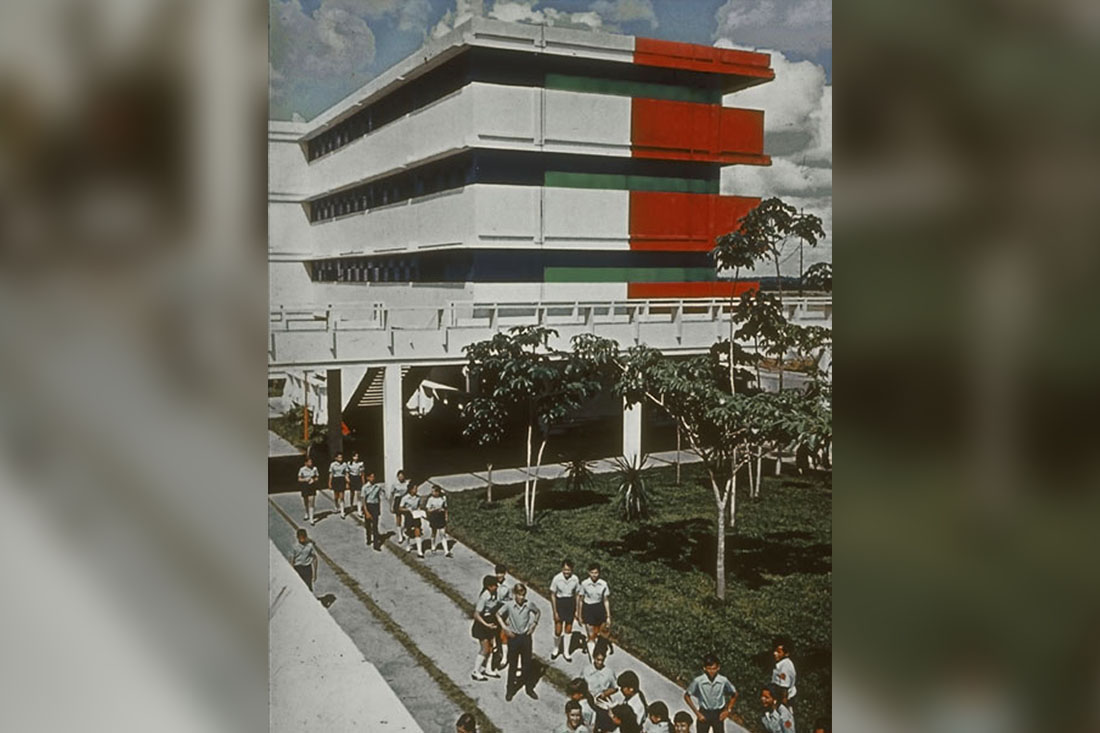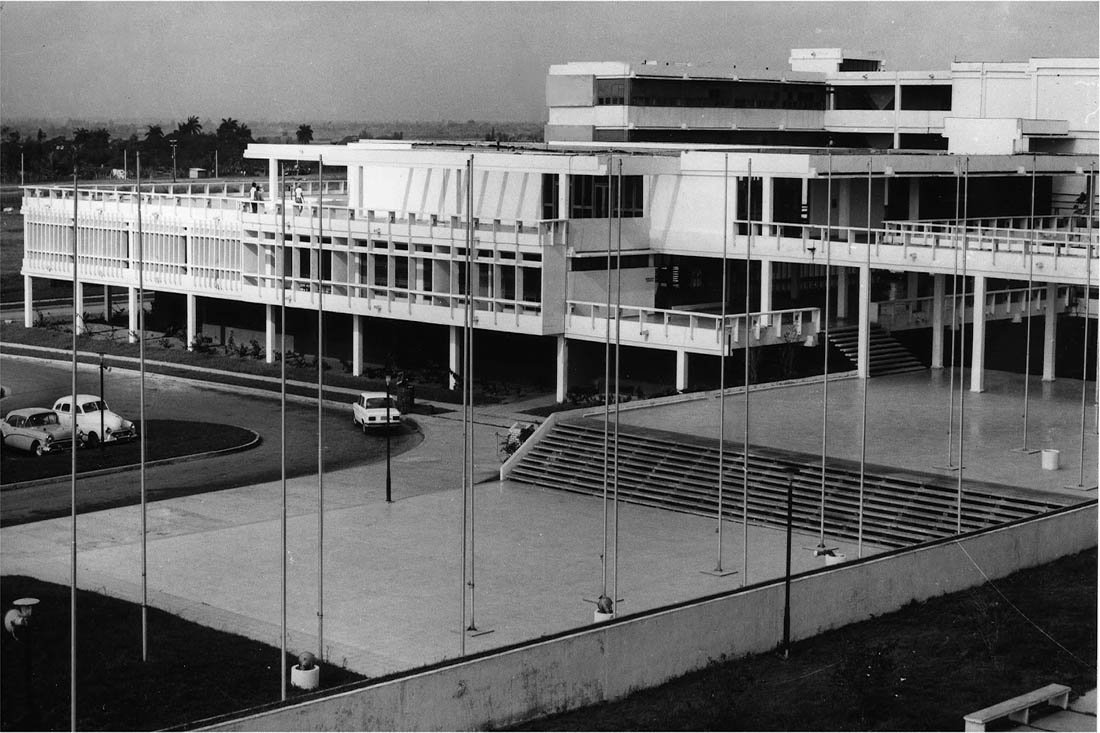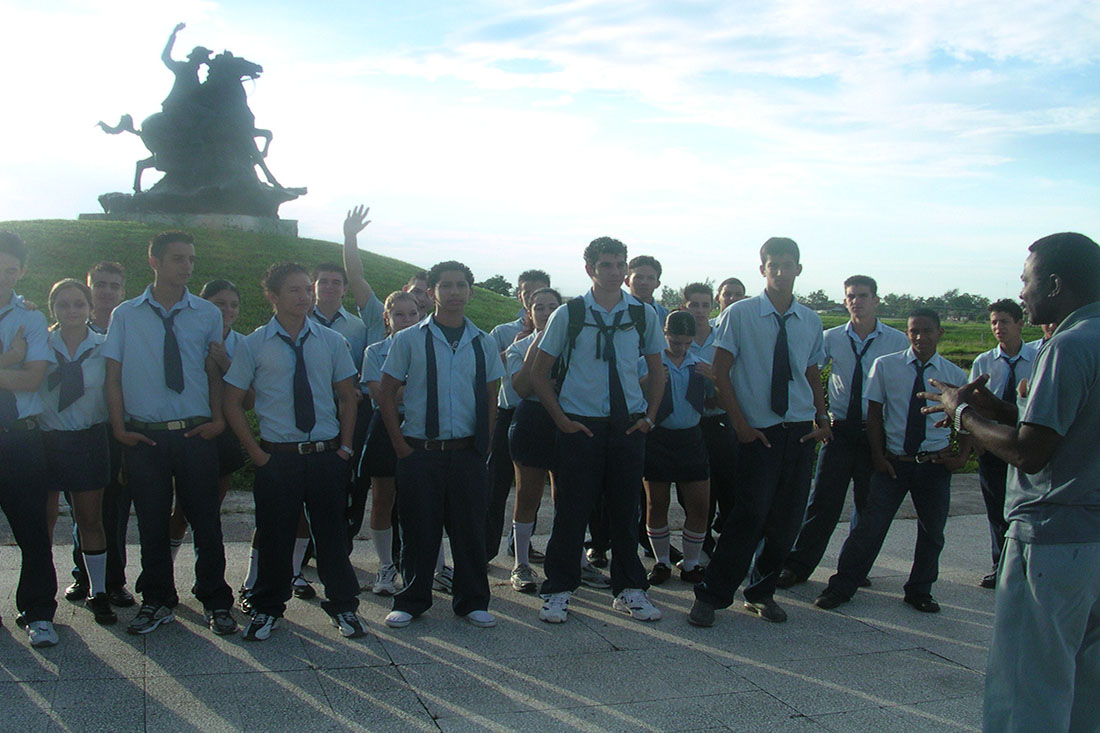Camagüey had many distinguished schools that have marked the presence of teachers, students or the architectural space where these schools were built, some still retain their educational functions, others, unfortunately, their various uses make them unrecognizable.
How can we not distinguish between the schools of the Ursulines, Terecianas, Escolapios, Champagnat, Escuelas Pías, the Instituto de Segunda Enseñanza, the Escuela Normal de Maestro or San Zenón, the Escuela de Comercio, the Ignacio Agramonte and Aurelia del Castillo public schools, among other important campuses from the colony to the first half of the 20th century?
On the other hand, in 1972 the National Group of School Constructions is given the task of equipping various sites as schools and the creation of new schools, in the upper secondary education of Camagüey the Sierra de Cubitas, Casino, Bove , Ana Josefa and the distinguished Máximo Gómez Báez Vocational School, second in the country, a project by the architect Reinaldo Togores.
Expectations…
The year is 1976, the usual preparations at the end of August for the beginning of the school year in the Vocational School bring numerous expectations, the students who had begun their studies in Sola and Ceballos, had an incomparable experience when they participated on September 1st in the inauguration of the Máximo Gómez Vocational with the company of Commander Fidel Castro.
The construction, erected as a school city, was distinguished by the functionality of the buildings interconnected with each other by an efficient circulation design, representativeness of the exterior areas, the urban solution of squares and interior patios, the presence of laboratories, libraries, cinemas, sports areas and other essential spaces for a school of this type and the use of a distinctive color chart for the different sites.
This urban complex constitutes an emblematic work within the repertoire belonging to the modern architecture of the revolutionary period.
Distribution of a dream
In the same way, an element becomes inescapable, located on a small elevation near the central square, the bronze sculpture of Máximo Gómez Báez stands out, which perpetuates his memory as a military strategist and patriot, the work is four meters high by three meters wide and it is the authorship of the sculptor José Delarra, the first large format he made in Cuba.
Traveling in our memory is sometimes a thankless effort, but going through the Máximo Gómez Báez vocational school means remembering for different generations of “vocationalists” an important stage in their lives. Nostalgia assails me, I relive when I entered for the first time when I was just 11 years old, in 1979 and then almost three decades when I accompanied my daughter to her studies.
Each generation distinguishes the school with its dreams, goals, and behaviors, however, the uniform, the professional quality of the teachers, the dorms, the amphitheater, pilotage, eaves, playgrounds, other spaces and the sculpture of Máximo Gómez still remain as a timeless gift to all of their students.
Translated by: Aileen Álvarez García








